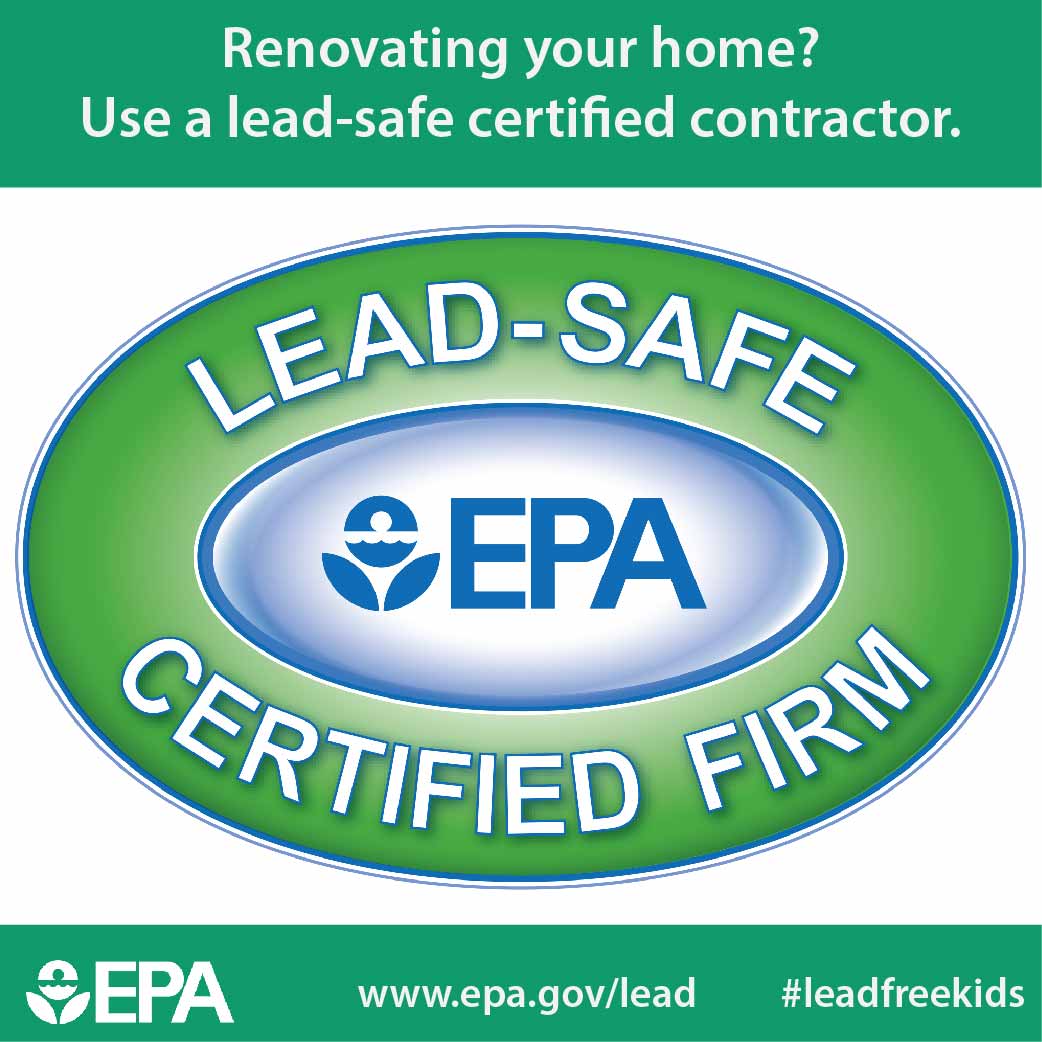The Influence Of Weather Condition On Your Industrial External Painting Project Is Extensive-- Explore Exactly How It Can Either Boost Or Weaken Your Outcomes
The Influence Of Weather Condition On Your Industrial External Painting Project Is Extensive-- Explore Exactly How It Can Either Boost Or Weaken Your Outcomes
Blog Article
Authored By-McNamara Duckworth
When you're intending an industrial outside paint job, do not undervalue the effect of climate on your outcomes. commercial painting woodhill need to think about elements like temperature level, humidity, and rainfall, as they can make or damage your paint job. For instance, did you recognize that optimal problems ask for particular temperature level ranges and humidity degrees? Stopping working to keep an eye on these aspects can lead to unequal finishes or perhaps damages to fresh paint. Recognizing these components is crucial to attaining a resilient, specialist outcome. So, what particular weather should you be wary of?
Temperature level Considerations
When it pertains to industrial outside painting, temperature level plays a crucial duty in the result of your job. If you're painting in extreme heat, the paint can dry out as well promptly, leading to concerns like bad bond and unequal finishes. You intend to go for temperatures between 50 ° F and 85 ° F for the very best outcomes. Listed below 50 ° F, paint might not heal effectively, while above 85 ° F, you risk blistering and breaking.
Timing your task with the best temperature levels is necessary. Begin your work early in the early morning or later in the mid-day when it's cooler, specifically during hot months.
Likewise, consider the surface area temperature level; it can be significantly higher than the air temperature, specifically on warm days. Use a surface area thermostat to inspect this prior to you start.
If temperature levels are unpredictable, watch on the weather forecast. Unexpected temperature declines or heat waves can thwart your plans. You don't intend to begin painting only to have the problems alter mid-project.
Moisture Degrees
Moisture levels considerably affect the success of your commercial external painting job. When the humidity is expensive, it can hinder paint drying and healing, resulting in a range of issues like bad bond and finish quality.
If you're intending a task throughout wet conditions, you might discover that the paint takes longer to dry, which can expand your task timeline and increase expenses.
Conversely, reduced moisture can also pose challenges. Paint might dry out too promptly, stopping correct application and leading to an irregular coating.
You'll want to keep an eye on the humidity levels closely to guarantee you're working within the ideal range, generally in between 40% and 70%.
To get residential painting , consider utilizing a hygrometer to determine humidity before beginning your job.
If you discover the degrees are outside the optimal array, you may require to adjust your routine or select paints developed for variable conditions.
Always consult the producer's standards for details suggestions on humidity resistance.
Rainfall Impact
Rainfall or snow can dramatically interrupt your industrial outside painting plans. When precipitation happens, it can remove fresh used paint or develop an uneven coating. Preferably, you wish to choose days with completely dry climate to ensure the paint sticks correctly and cures efficiently. If you're caught in a rain shower, it's finest to stop the job and wait for conditions to improve.
Additionally, snow can be even more destructive. Not only does it create a damp surface, but it can likewise reduce temperatures, making it hard for paint to dry. This can cause problems like peeling off or blistering down the line.
It's critical to examine the weather forecast before starting your job. If rainfall or snow is forecasted, take into consideration rescheduling.
Always bear in mind to enable appropriate drying time between layers, particularly if the weather continues to be unforeseeable.
Final thought
In conclusion, keeping an eye on the climate is important for a successful industrial external paint job. By checking temperature level, moisture, and rainfall, you can make sure the most effective problems for application and healing. Keep in mind to plan your work around favorable weather condition and always adhere to supplier guidelines. With the best strategy, you'll attain a resilient, stunning coating that can hold up against the elements. Don't allow the weather capture you unsuspecting-- stay educated and repaint clever!
